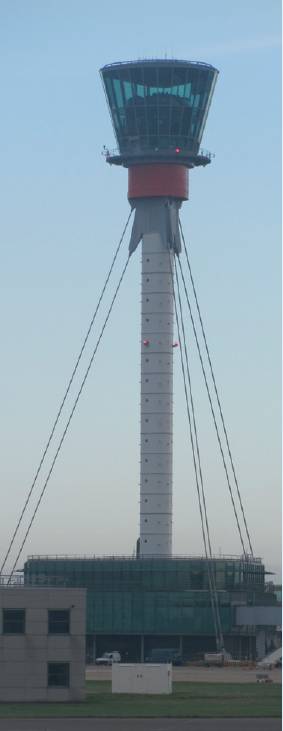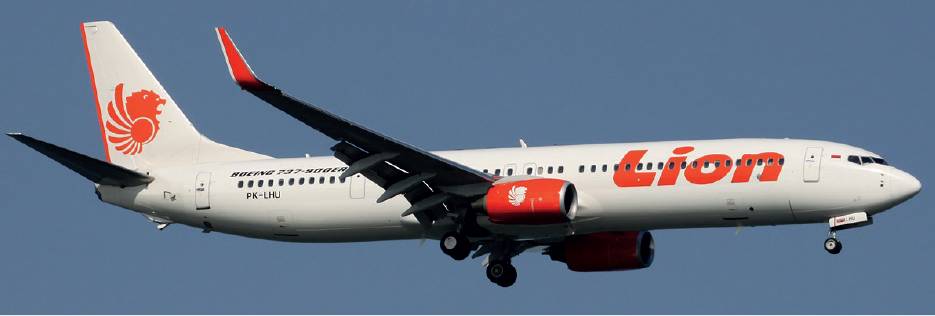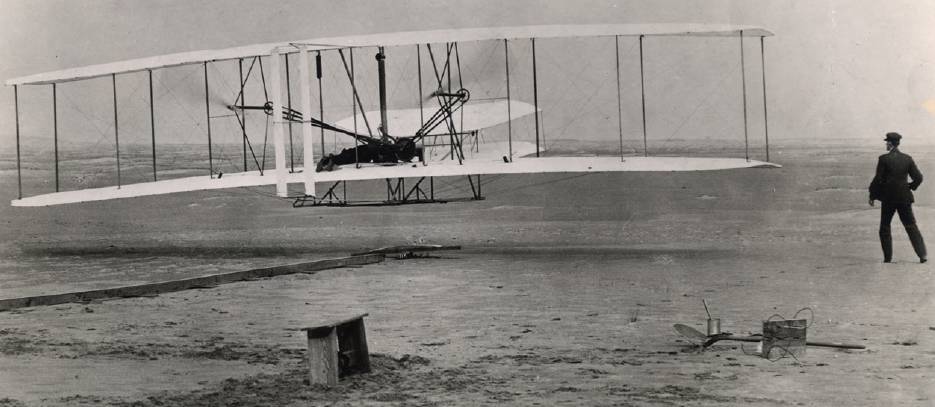Book Reviews
Book Reviews
By P Le Blond
ICE Publishing, One Great George Street, London SW1P 3AA, UK. 2019. xiii; 181pp. Illustrated. £70. ISBN 978-0-7277-6365-5.
 Heathrow Airport control tower. Benoît Prieur.Paul
Le Blond has written an illuminating book on the failure of the UK government to provide for much-needed
airport capacity in London and SE England over the past 45 years. It highlights how government indecision
has led to a situation in which the UK’s main airport – Heathrow – has been at virtual capacity since 2003
and is losing market share to other European hubs which provide more services to emerging economies and
other growth markets.
Heathrow Airport control tower. Benoît Prieur.Paul
Le Blond has written an illuminating book on the failure of the UK government to provide for much-needed
airport capacity in London and SE England over the past 45 years. It highlights how government indecision
has led to a situation in which the UK’s main airport – Heathrow – has been at virtual capacity since 2003
and is losing market share to other European hubs which provide more services to emerging economies and
other growth markets.
The author is well-qualified to write this book, having worked in senior management positions at British Airports Authority (subsequently BAA plc) for some 30 years. Although he left BAA in 2001, he continued as a consultant and is still involved in airport policy development as a Fellow of the Chartered Institute of Logistics and Transport.
The book primarily focuses on the period from 1968 onwards when the UK government set up the Roskill Commission to recommend the location of the Third London Airport. There is a brief overview of the earlier period when Croydon was London’s main airport and Gatwick went ‘from racetrack to runway’. Interestingly the author mentions Abercrombie’s Greater London Plan of 1944 which proposed a hierarchy of airports in a ring around London, including not only Heathrow and Gatwick but also Croydon, Heston, Bovingdon, Hatfield, Fairlop, Roding, Lullingstone and West Malling. One wonders what today’s green lobby would have made of these proposals!
The Roskill Commission’s majority recommendation was for a new airport at Cublington in Buckinghamshire, although one member of the Commission, Colin Buchanan, recommended an offshore location at Foulness in Essex. Ultimately the Conservative Government, led by Edward Heath, preferred Foulness (subsequently renamed as Maplin), although this was reassessed by the Labour Government following the February 1974 general election. The Roskill Commission study was noteworthy as the first major use of cost-benefit analysis for infrastructure appraisal and I can well recall reading it in detail during my student days.
The book highlights the dilemma successive governments faced in making a decision based on what the evidence suggested as against one that is politically attainable. As a result, governments largely ‘muddled through’ a policy swamp rather than making logical and sustainable decisions. The role of the UK planning system is also discussed in the context of airport development, particular in the context of development within the green belt and other designations and in the process of lengthy Public Inquiries. The current process for airport development involving an increase of more than ten million passengers per annum is for the government to approve a National Policy Statement (NPS) incorporating the development and for the airport to apply for a Development Consent Order (DCO). The DCO is then assessed though consultation and a Public Inquiry. The current Heathrow third runway scheme is the first airport development to be assessed in this way. In theory the Public Inquiry should be a more streamlined process than previous ones – the Terminal 5 inquiry lasted nearly four years!
After the Roskill Commission, the UK government adopted a step by step approach towards airport expansion. New terminals were built at Heathrow (Terminal 4) and at Gatwick (North Terminal). Stansted was also expanded – and BAA was invited to bring forward proposals for a new terminal and outline planning consent for a second runway, which culminated in a Public Inquiry from 1981-1983. This considered expansion of Stansted to accommodate 15 mppa (million passengers per annum) and also, someway bizarrely, a planning application for a fifth terminal at Heathrow, submitted not by BAA but by Uttlesford District Council, the planning authority for Stansted. This was put forward to ensure that an alternative to the Stansted terminal was also considered. As the author points out, this resulted in a situation in which BAA, which was at the time the owners of both Stansted and Heathrow, had to oppose expansion at Heathrow to promote its case at Stansted.
Planning consent for a new terminal at Stansted was eventually granted although the Inspector recommended against a second runway. In 1985 the Government published a White Paper which recommended that BAA be privatised, which resulted in a £1.2bn stock market flotation in 2007. BAA was later split up following a study by the Competition Commission. Meanwhile, traffic levels continued to grow and new terminals were constructed at Heathrow (Terminal 4) in 1986, Gatwick (North Terminal) in 1988 and Stansted in 1991. Heathrow Terminal 5 eventually opened in March 2008.
The story continued with the government embarking on two major public consultation exercises, the RUCATSE (Runway Capacity in the South East) study in 1993 and the SERAS (South East and Regional Airports) study in 2002. The latter proposed two new runways at Stansted and Heathrow. Although a planning application for a second runway at Stansted (the G2 Application) was submitted by BAA in 2009, delays and the possibility of a change in ownership resulting in work on G2 being put on hold in 2009 and the application was withdrawn in March 2010. In 2012 the Conservative Government set up the Airports Commission under Howard Davies to yet again look at airport capacity requirements in London and the South East. This resulted in a recommendation for a third north west Heathrow runway, which was announced by the government in October 2016. While this currently has parliamentary approval, it is still subject to a planning inquiry and potential legal challenge.
The book adeptly discusses some of the key themes that emerged during this complex and troubled path. These include the difficulties of forecasting future air traffic demand and the expected size of aircraft flown and the increasing concern over environmental issues, particularly aircraft noise and air quality. There is some discussion of the climate change impacts of airport expansion, although this has only really emerged over the past 15 or so years. It will be interesting to see how UK airport policy, including that for the third Heathrow runway, might change as a result of the recent Government commitment to zero carbon emissions for aviation by 2050.
The book provides a well-researched history of UK airport planning and will be of interest to a broad range of readers involved in aviation, planning, politics and community involvement. It will become the standard reference book for this phase of the journey – but it will undoubtedly need updating in the years ahead!
Peter A Forbes
FRAeS
Director, Alan Stratford and Associates
By J Bowen
Elsevier, The Boulevard, Langford Lane, Kidlington, Oxford OX5 1GB, UK. 2019. vii; 271pp. Illustrated. £95.95. ISBN 978-0-12-811393-6. [RAeS members can access an e-book edition of this title online via the National Aerospace Library’s e-book service www.aerosociety.com/ebooks]
 Boeing 737-900ER PK-LHU of Indonesian low-cost carrier Lion Air at Singapore Changi Airport. Paul Spijkers.
Boeing 737-900ER PK-LHU of Indonesian low-cost carrier Lion Air at Singapore Changi Airport. Paul Spijkers.
Driven by a continuous stream of innovations and favourable conditions in the air transport industry, the low-cost sector has grown rapidly since the early 2000s, albeit to a varying degree of success in different regions. The key binding constraints for low-cost carriers (LCCs) development and the precondition for a functional air transport sector in emerging markets are well-documented. However, few books have taken a broad research approach, covering the micro- and macro-environments of LCCs in emerging markets from a historical and cross-regional perspective and documenting regional differences and variations in LCCs business models, peppered with real examples. A book such as Low-Cost Carriers in Emerging Countries is, therefore, a highly welcome addition to the literature covering LCCs. The book gives the reader a much-needed fresh analysis of the recent developments in the low-cost sector in developing countries, its implications for individual countries and a solid basis for understanding the on-going debate referring to the wider economic impacts of LCCs.
John Bowen begins with the characteristics of LCCs and their importance to developing countries and this comprises the first ten chapters of the book. The book then discusses the conditions that led to the emergence of LCCs in the United States and their diffusion in various parts of the globe. Some of the topics covered in the advanced chapters deal, in an original and effective way, with the pioneers of LCCs, aircraft technology, aeropolitics, market condition for LCCs, benchmarking of reforms, needs, opportunities and different issues facing the low-cost segment in various regions, LCCs penetration rate, airline position in the market and full-service network carrier responses to LCCs entry.
The last part of the book takes a look into the future of LCCs in emerging economies in terms of aeromobility aspirations, social and environmental issues, and includes such discussions as the potential effects of different carbon emissions mitigation policies and other government constraints on the low-cost sector.
Overall, this book draws together the key issues in LCCs development in emerging markets that require the urgent attention of air transport stakeholders and policy-makers.
Dr Eric Tchouamou Njoya
Senior Lecturer in Air Transport University of Huddersfield

